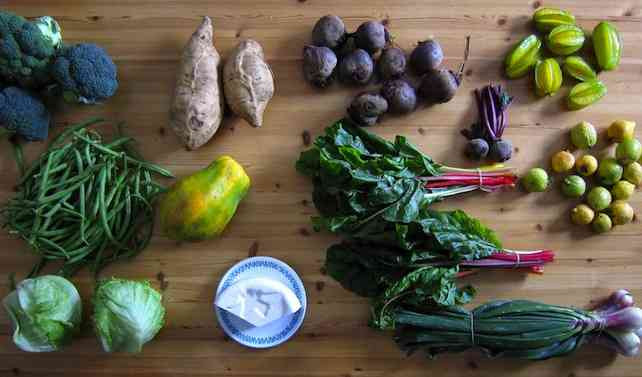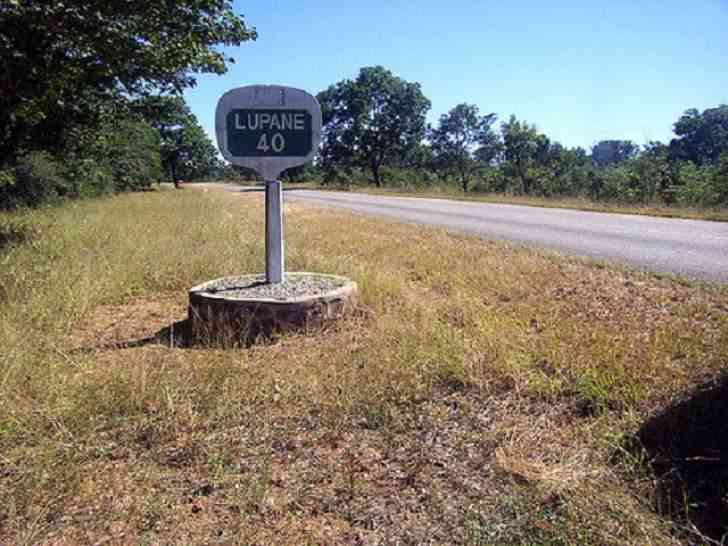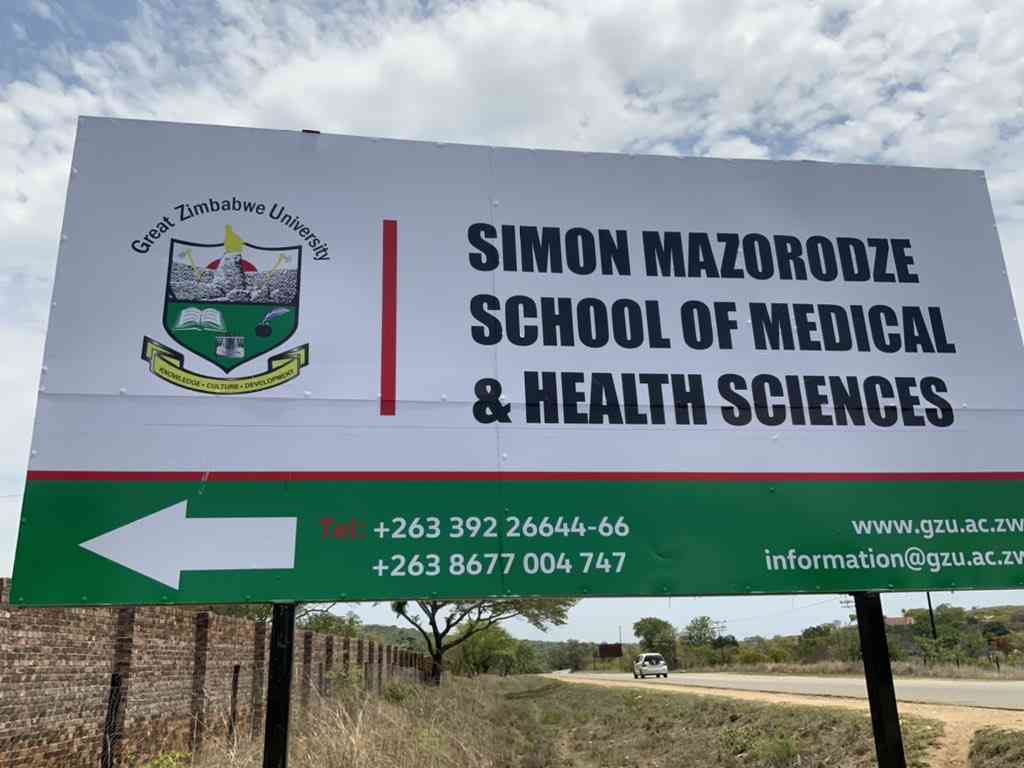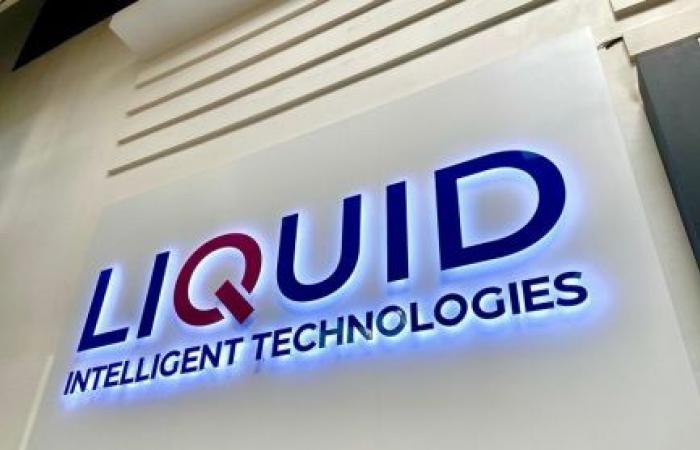
ADDING value to indigenous foods has, for decades, focused on general processes like adding salt, adding sugar, sun drying, boiling and processing food into liquid.
However, these processes have remained too superficial to lead to any meaningful industrial transformation that can change lives. It appears modern science and formal education have failed to substantially add more value to indigenous food beyond processes that were invented by African forefathers. If indigenous food is to drive Africa’s industrial revolution, something more than superficial value addition has to happen.
Can indigenous social entrepreneurship provide solutions?
Maybe a different kind of social entrepreneurship linked to African territorial markets can help. Territorial markets do not work on their own but have characteristics of African society in terms of relationships. In the African context, enterprises exist collaboratively not only competitively. For example, they are able to extend products to other traders and vendors without interest because they see themselves at the same level as those who are earning an income to sustain their families. They are not only for profit but also look at ensuring society also grows based on commodities that grow naturally in communities. This is more than selecting a few commodities for value addition like what is done by western-oriented industrial organisations that only focus on processing oranges.
A lot of indigenous food processed products are demanded through mass markets. That is why setting up a warehouse at a territorial market can build a strong bond between raw commodities, processed products and distributors. Such systems can ride on existing models like the movement of commodities from social enterprises in production zones to mass markets on a credit basis. The same can be extended to processors to ensure better returns as payments go backwards. Formal markets mimic the same model by moving their products on credit — for example, Delta sells beer on credit in rural business centres and the same is done by Bakers Inn. There are already African relationships that can anchor these models which typify indigenous commerce but lack documentation.
The growth of a formal enterprise is defined by the setting up of more branches but for social enterprises in mass markets growth is defined differently. For instance, traders may define their growth by the number of people they have assisted to set up similar enterprises. Knowledge is made a social and public product where one who has more knowledge can be a driver of other enterprises. That is how budding entrepreneurs are learning from others and proving that it is possible for someone to specialise on sweet potatoes or macimbi/madora for 10 years and remain in business. They also tend to have a very strong relationship with producers/suppliers which has enabled them to sustain their enterprises and farmers/producers for years. Knowledge shared by traders helps farmers to transform their farming into a business based on opportunities seen by traders in mass markets.
Social enterprises defined by region and embedded protection
There are also social entrepreneurs defined by regions where specific value chains can define agroecology in that region. For instance, in Zimbabwe’s mass markets, macimbi/madora has its natural agroecology characteristics embedded in it. This is how agroecology products protect themselves. Modern food science has failed to see what else it can do to change macimbi/madora beyond boiling and packaging. Some universities are trying to blend macimbi with baobab to make porridge but that is a new experimental product struggling to gain traction among consumers. This shows that indigenous products are as good as they are and may do not need to be transformed. A key part of the message is who says entrepreneurship should be defined by processing?
- Business opinion: Branding in the age of entrepreneurship and industrialisation (Part 22)
- Business opinion: Branding in the age of entrepreneurship and industrialisation (Part 21)
- Business opinion: Branding in the age of entrepreneurship and industrialisation (Part 20)
- Business opinion: Branding in the age of entrepreneurship and industrialisation (Part 19)
Keep Reading
Combining IKS with academic knowledge
When universities take the lead in setting up social enterprises, they provide alternative markets in areas that produce commodities in high volumes. That can be a perfect model where Indigenous Knowledge Systems and academic knowledge come together to promote agroecology and indigenous food systems.
In some institutions like Great Zimbabwe University, academic knowledge is being used to engineer the grinding mill technology to produce food with an indigenous flavour. The university is trying to compare firewood roasted small grains with small grains from engineered roasters and feedback from women shows that the technology is failing to produce the natural aroma because the roaster does not properly moderate energy during the roasting process. A key lesson is that pushing technology too fast can kill the uniqueness of indigenous products. It might be better to preserve the natural product in its original state.
A critical question is how do we ensure technology does not deform the naturalness of indigenous products? How much investment of academic knowledge can be used to build social business models? Communities on their own may struggle to build business models. There should be systems that facilitate the building of businesses that directly benefit communities. Such a model can be a community share model in which membership by farmers enables them to participate in up-markets. That will uplift the value of small grains and other indigenous commodities through a business model that enables farmers to actively participate in up-markets and also use aggressive marketing which has academic/scientific knowledge around nutrition and other elements.
The power of creating a competitive landscape
Building a competitive landscape can start at the level of investment. For a long time, most indigenous food businesses have been starting as projects. An investment can be put in one enterprise of around US$100 000. The thinking and mindset in communities are related to what they already see. Somebody has to show them the bigger picture of their capacity so they see how their enterprise can satisfy national needs. To what extent is it viable for every farmer to have his/her processing machine? Sometimes it is better to have a service centre where farmers bring small grains for processing into mealie-meal and fruits for processing into juice. A service centre rendering threshing services or fruit processing services can have several threshers and processing equipment at the aggregation centres. Such a model can become a growth path for communities unlike each farmer trying to have a food processing machine and ending up competing to sell different qualities of commodities to the same consumers.
Refining business models and pre-financing aggregation
Refining business models for each social enterprise can also make a difference. Unlike retail stores that sell packaged goods, social enterprises are defined by context in terms of suppliers and sources of raw materials. What system can be put in place to limit the over-exploitation of natural products and ensure some returns go back to develop the source communities? It is not social investment for a corporate company to build a school. The real investment is a community share ownership that can be an appropriate model in cases where natural resources are part and parcel of the community. For ground nuts and honey, suppliers are individuals who may need the capacity to consistently produce. It is also critical to build systems that lock raw materials so that they do not leave the community to create competition elsewhere. This is where it becomes necessary to pre-finance commodity aggregation and warehousing of commodities when they are abundant during particular seasons.
- Charles Dhewa is a proactive knowledge broker and management specialist.










